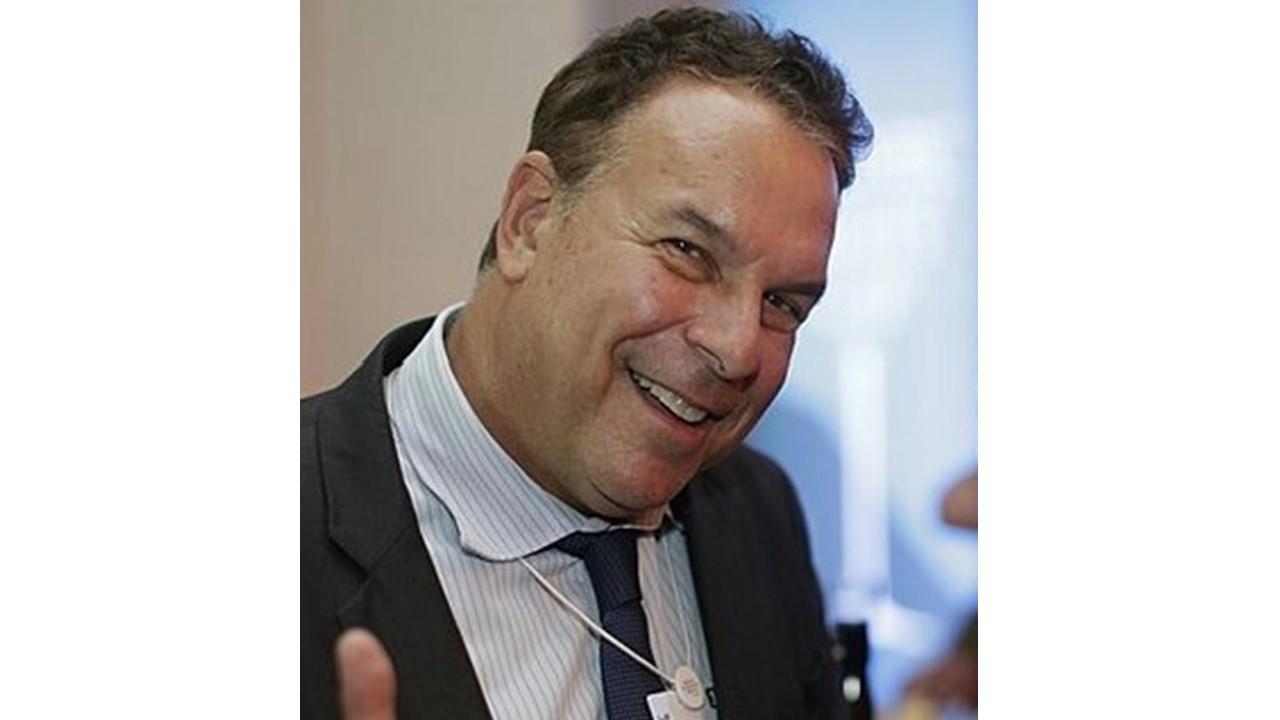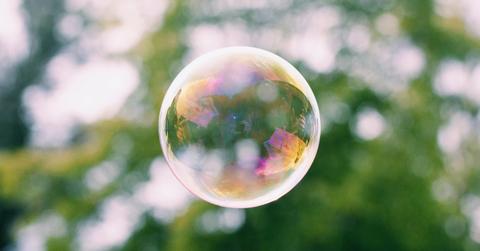What "Omnibubble" Means and Why You’re Hearing It
Forget a bubble. We’re talking about an “omnibubble,” and why you may be hearing the term today. Here's everything you need to know about the economic term.
June 30 2022, Published 2:40 p.m. ET
Every few years, someone comes out of the woodwork and uses the term “omnibubble” to reference the state of the economy. What does this mean — and why might you be hearing it now as hyperinflation continues to rear its head?
Here’s what "omnibubble" refers to, whether this type of economic bubble truly fits the state of the economy, and what may be next.
Real estate billionaire Jeff Greene talks about the “omnibubble”

Billionaire real estate tycoon Jeff Greene
Billionaire real estate tycoon and neighbor of former President Donald Trump, Jeff Greene got rich off the housing bubble collapse that sparked the 2008 financial crisis. Greene bought credit default swaps worth billions of dollars in which he profited directly off bonds backed by subprime mortgages. In July 2008, 21 percent of mortgages were underwater while Greene propelled his net worth, which now sits at $5.1 billion.
All that aside, Greene today says the U.S. economy has been operating in an omnibubble. “We’ve been in an omnibubble, there’s no question about it,” Greene told reporters at Forbes. But what does that mean?
"Omnibubble" is an economic term.
An "omnibubble" refers to a price increase for every major asset class in a high-income country. According to chief economics commentator Martin Wolf, an omnibubble leads to prices of stocks, housing, and bonds rising to “such exalted levels that a devastating crash is inevitable.”
At the same time, an omnibubble scenario minimizes the chances for returns on investments, something that largely impacts the wealthy.
As Investopedia explains, “A bubble is an economic cycle that is characterized by the rapid escalation of market value, particularly in the price of assets.” Therefore, an omnibubble refers to the same conditions with all asset classes simultaneously bubbling.
The "omnibubble" term has been used in the past.
“If you spend trillions and trillions of dollars in every advanced economy in the world and have coordinated fiscal and monetary stimulus, obviously you’re going to create bubbles and inflation,” Greene says, but he isn't the first to do so.
In 2020, now-vice president of corporate development at Alliance Advisors Jim Mosquera said not to blame COVID-19 for the market crash that occurred in February 2020. “The economy and stock market did not crash because of COVID. The virus was the pin that popped the #Omnibubble,” Mosquera wrote. He also stated economists worsened the omnibubble to resolve the Great Recession.
Are we really in an omnibubble?
Certain asset classes are inflamed in 2022, and the housing market is undoubtedly in a demand-driven whirlwind that looks a lot like a bubble. However, the stock market is in bear territory and is anything but high-priced compared to the past two years.
While inflation is high, so are interest rates, and the cost of borrowing is only going up at this point.
Greene told reporters, “If you spend trillions and trillions of dollars in every advanced economy in the world and have coordinated fiscal and monetary stimulus, obviously you’re going to create bubbles and inflation.”
While Greene is right that unprecedented stimulus has rocked the economy in a troublesome and unique way, his statement that an omnibubble is in process may be a stretch.

